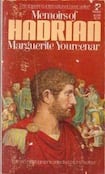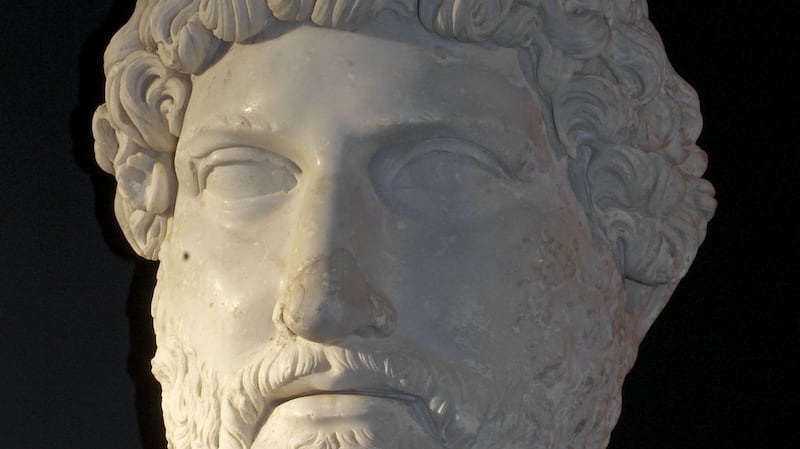
Take the metro from the centre of Rome to the Ponte Mammolo station, its final stop. Take the bus to Tivoli. Then walk to Villa Adriana, Hadrian’s Villa, 300 acres of grass and scrub, and an occasional glimpse of a marble pool, a line of statues, a paved footpath. Of what had once been its splendour.
We know Hadrian; builder of the wall at the Roman Empire’s northern limit, creator of cities across the ancient world, and rebuilder of the Pantheon destroyed by fire. Thank you Hadrian, I always say as I stand beneath its oculus and marvel at the sweep of that gigantic dome.
Writing historical fiction is fraught with difficulties. Can we really understand those of the distant past? Do they think and feel and desire and need the way we do? Marguerite Yourcenar's Memoirs of Hadrian, is one of the few novels which successfully time-travels the life of a man who lived in the second century AD, into our world. The book is written in the form of a letter which the dying Hadrian writes to his successor Marcus Aurelius. "My dear Mark" it begins. This is Hadrian the modern man.

Yourcenar first conceived the book when she was in her 20s. She abandoned the project but Hadrian would not let her go. The afterword to the novel, “Reflections on the Composition of Memoirs of Hadrian” should be read by anyone who has ever pondered the re-imagining of a new or ancient world.
Yourcenar made many visits to the villa. She takes us back to Hadrian’s banquets, “fruits as exquisite as the music and the sequence of courses as perfect as the chasing on the silver plates. . . oysters from Lucrinus, crayfish from the rivers of Gaul”.
As Hadrian lies dying in the villa, Yourcenar’s words issue forth from his mouth, “Let us try if we can to enter into death with open eyes. . .”











